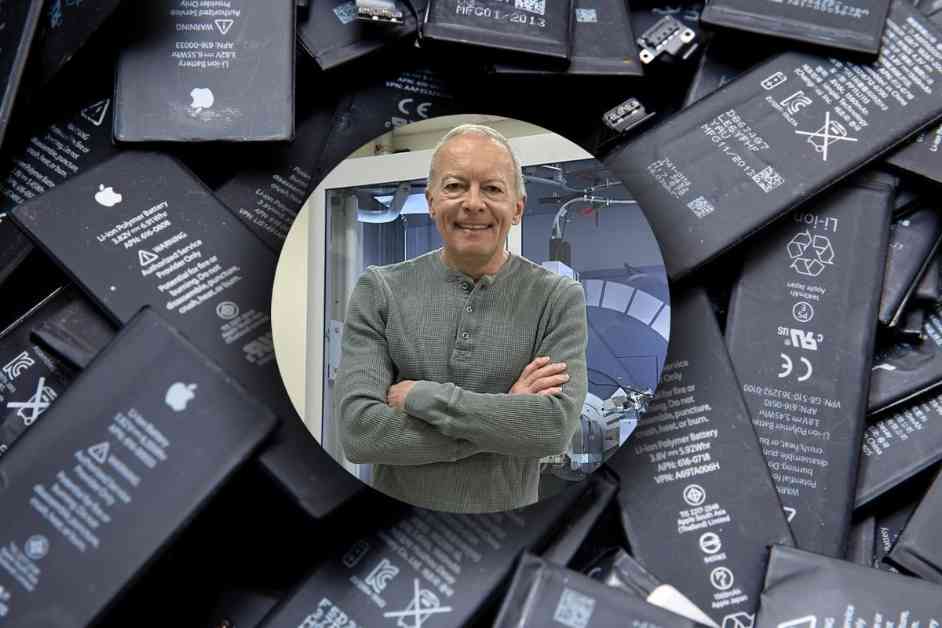Lithium-ion batteries are commonly used in various devices such as smartphones, laptops, electric vehicles, and renewable energy systems. These batteries have been known to degrade over time due to self-discharge, which shortens their lifespan and reduces their efficiency. However, a recent study led by Prof. Artūras Vailionis from Stanford University has uncovered a hidden cause of battery degradation – the diffusion of protons (hydrogen ions) rather than lithium atoms from the electrolyte to the cathode.
This groundbreaking discovery opens up new possibilities for extending the life of lithium-ion batteries by reducing self-discharge. One potential solution proposed by Prof. Vailionis is to add additives to the electrolyte that do not contain hydrogen molecules, or to use a special coating on the cathode surface to minimize its reaction with the electrolyte. By implementing these measures, it is possible to create batteries with longer lifespans, leading to greener, more cost-effective, and more reliable technology.
The implications of longer-lasting lithium-ion batteries are significant across various industries. Consumers can benefit from electronic devices that require less frequent battery replacements, resulting in reduced electronic waste and resource depletion. Industrial applications, such as electric vehicles and grid energy storage, can achieve higher returns on investment with longer battery life. Additionally, renewable energy systems like solar and wind power can become more efficient and reliable with extended battery lifespans.
Prof. Vailionis emphasizes that the study results were achieved through collaboration with a large international group of scientists from different fields. By using X-ray diffraction and reflectometry, the team was able to identify the underlying mechanisms of battery degradation at the molecular level. The study was published in the Science Journal, showcasing the importance of this research in advancing battery technology.
Furthermore, Prof. Vailionis highlights the positive changes in the Lithuanian education and research landscape, noting the increased funding for universities and access to European funds. He commends the active participation of Lithuanian students in research projects and their proficiency in the English language. This shift has created more opportunities for collaboration and knowledge exchange among scientists and researchers in Lithuania and beyond.
In conclusion, the study on lithium-ion battery degradation sheds light on a previously unknown phenomenon that could revolutionize the way we approach energy storage and consumption. By understanding the root causes of battery self-discharge and implementing innovative solutions, we can pave the way for a more sustainable, economical, and productive future in various industries.
